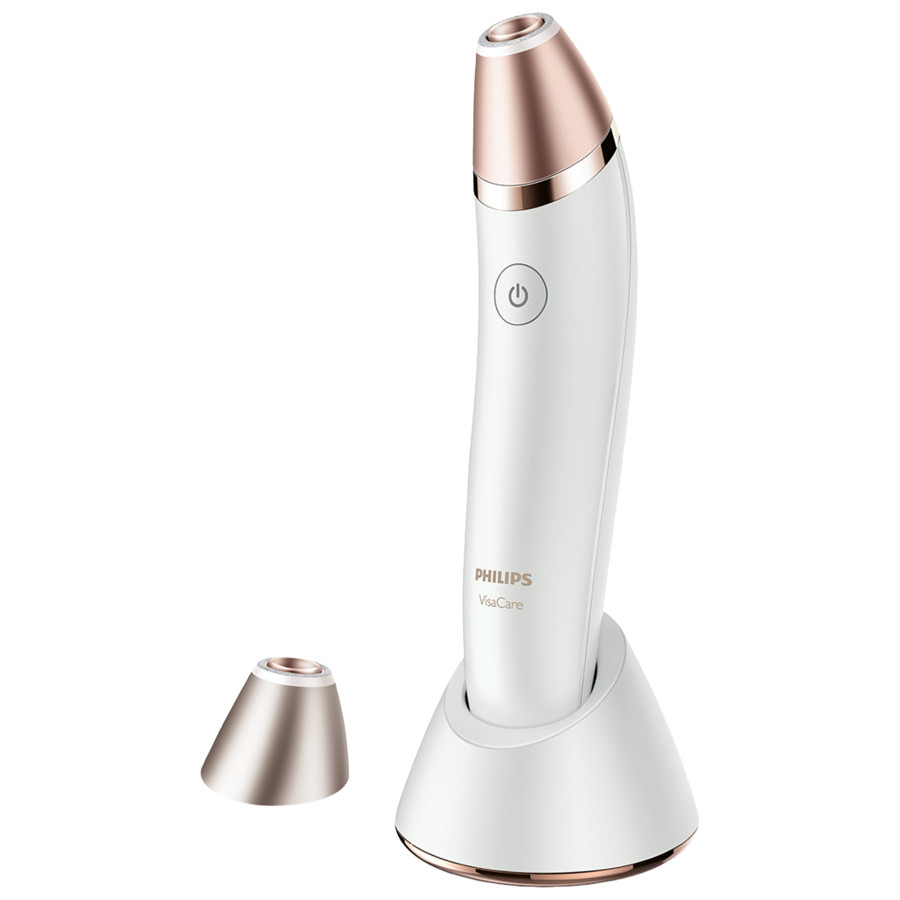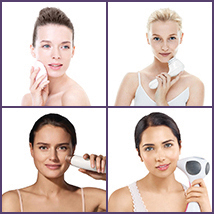This October, the city of Amsterdam brought together marketers and distributors, as well as market experts of at-home beauty devices, to attend a meeting organized by the Home Use Device Working Group (HUD). The main goal of the group, established in 2012, is to assist in the development of international standards and regulations relating to safe and effective home use, light- and energy-based beauty devices. At the event, spurred by discussions about safety issues and enriched with various insights from the industry experts, Kline presented on the overall state and developments of the global market, as well as consumer insights.
During the last few years, the at-home beauty devices segment has been enjoying the most progressive growth among the entire beauty industry. However, this booming segment may face greater challenges in the near future if product safety is not precisely defined and products are offered with unproven performance, questionable construction, and potentially unsafe features.
As an increasing number of marketers are entering this space to capitalize on the industry’s boom, product efficacy and consumers’ health concerns often swerve away from their core philosophy. Around the world and particularly in Asia, there are several hundreds of manufacturers offering private-label beauty devices for at-home use, but only a few are concerned about long-term efficacy or safety rather than low manufacturing costs. Transparency of the manufacturing process and improving business ethics within the at-home beauty devices industry seems to be the right path to ensure the future prosperity of this industry.
Among those who participated in the meeting, Philips attends to the safety guarantee of its products by signing the European Declaration of Conformity, a document in which the manufacturer indicates that the product meets all the necessary requirements dictated in the applicable directives. The DoC must also contain the name and address of the manufacturer along with information about the product, such as the brand and serial number.
Philips entered the consumer at-home beauty appliances with an IPL-based hair removal system called Lumea in 2010. Lumea is now the company’s best-selling hair removal brand. It is based on the core technologies of light emitting diodes (LED) lighting and intense pulsed light (IPL). Philips has recently introduced the new VisaCare device – an innovative, anti-aging skin resurfacing tool that complies with safety requirements.
Picture: New Microdermabrasion Beauty Device VisaCare (EUR 249.00) launched by Philips this month.
 Besides safety issues, topics like distribution and low consumer awareness were also discussed as a considerable number of marketers who have already developed devices marked by tested safety and efficacy note poor distribution and low awareness among consumers. For instance, our 2013 consumer research has discovered that women in France are 33% below average for the usage of at-home skin care devices, with the lack of knowledge about devices being the major reason for non-use.
Besides safety issues, topics like distribution and low consumer awareness were also discussed as a considerable number of marketers who have already developed devices marked by tested safety and efficacy note poor distribution and low awareness among consumers. For instance, our 2013 consumer research has discovered that women in France are 33% below average for the usage of at-home skin care devices, with the lack of knowledge about devices being the major reason for non-use.
Understanding the market nuances, such as regulations and consumers’ behavior, is crucial for future business growth. For the past three years, Kline has been tracking the global at-home beauty devices market, offering unmatched market research information. The Beauty Devices: Global Market Analysis and Opportunities study does not only offer marketers important directions to improve the prosperity of their brands, but its insights also open doors for new investment opportunities. The 2014 edition of this global study will delve into new trends and developments in at-home beauty devices, their distribution channels, consumer behavior, and invaluable marketing strategies to help enlarge a brand’s visibility and increase sales.

